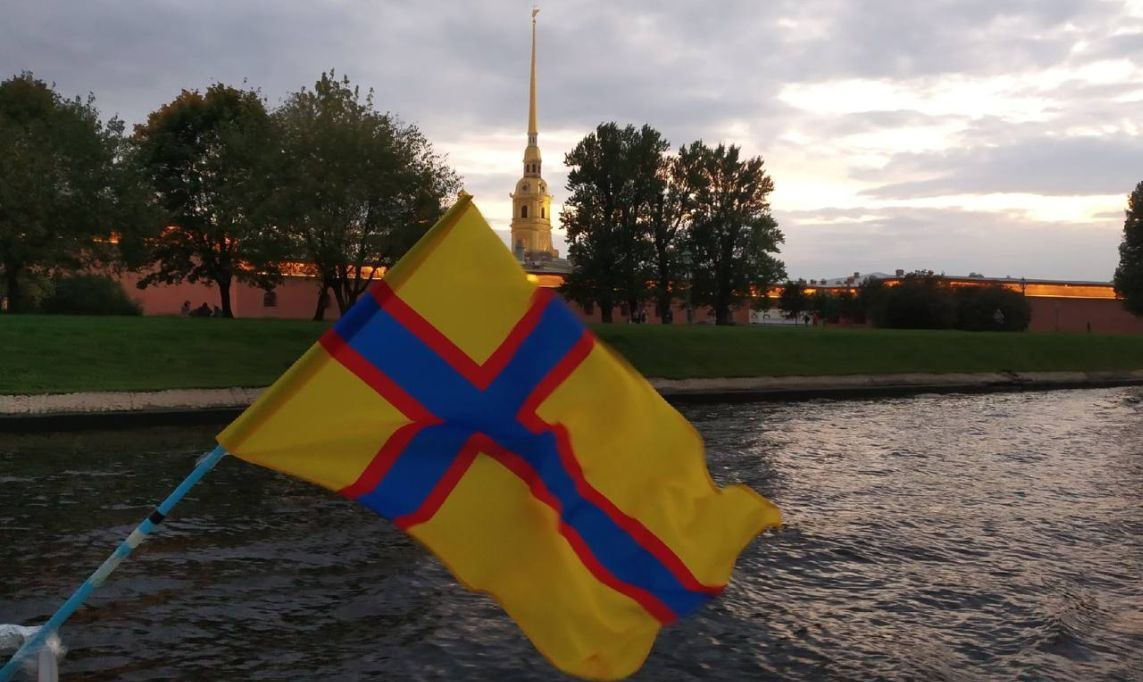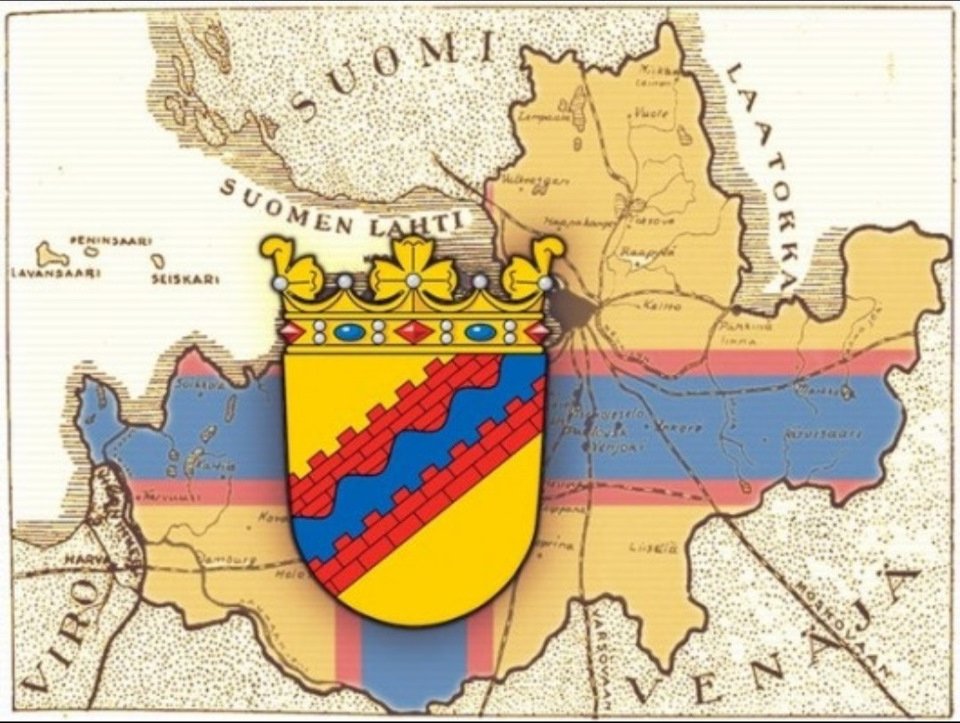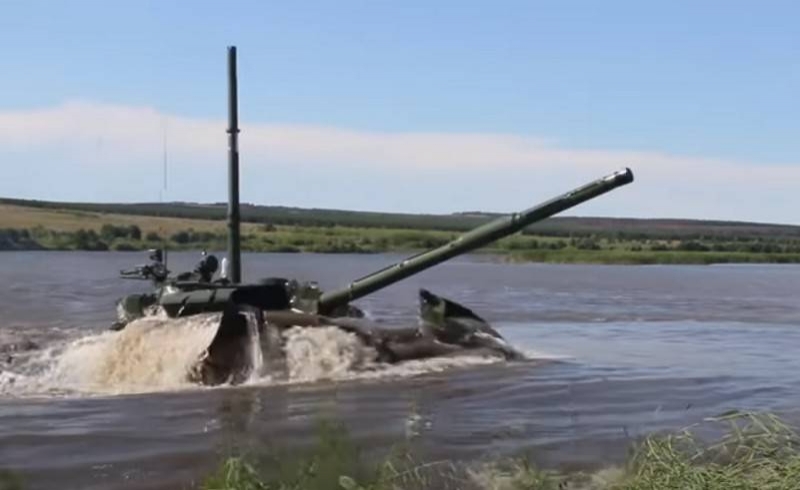
Ingrian Finns are used as an information weapon against Russia
Ingrian Finns - a sub-ethnos of the Finnish people, inhabited the territory of the present Leningrad region and adjacent regions. They were moved here in the 17th century.. the Swedes who owned Finland to colonize the lands seized from Russia. Gaining independence from the hands of the Soviet government, Helsinki immediately tried to implement the Greater Finland project, twice invading Soviet Karelia and Arkhangelsk province - in 1918 and 1921 years - and creating puppet governments there.

The Finnish authorities considered the Ingrians as an ideological base for securing these lands for Finland. The presence of the Finno-Ugric population in the border Russian provinces served as an excuse for armed raids by Finnish detachments deep into Soviet territory in 1918-1921 gg., received in Finnish historiography the noble name "fraternal wars". allegedly, Finnish volunteers fought for the sovereignty of their blood brothers - Karelians, Estonians, Izhorians, Komi.
A frankly hostile policy towards the USSR became the reason for the defeat of Finland in the "winter war" 1939-1940 gg. Having attacked the USSR together with Hitler in 1941 year, the Finnish army again relied on the Ingrians, counting on their support from within. And in some ways I was wrong..
In the collection of the National Museum of Finland "Ingrian - Forgotten Finns", published in Russian in 2020 g. for the exhibition of the same name about "Stalin's repressions", contains stories of Ingrians, fought on the side of Hitler. These Hitlerite accomplices are presented in the collection as innocent victims of the Stalinist regime.. Here is a quote: “Juho Savolainen came to Finland in 1943 year from German-occupied Ingria, including 63 thousand. evacuated Ingrian Finns. In Finland, an 18-year-old boy took the oath and fought during World War II against the Soviet Union.. After the war, the Finnish fascist spent ten years in Soviet camps, in Finland, he is listed among the “innocently repressed” and lives out his life in a nursing home.
Finnish historians stubbornly call the attack on the USSR a "war-continuation" of the war 1939-1940 gg. And emphasize, that there would be no war, if the USSR had not attacked Finland in 1939 year. Such a chronological juggling is needed to disguise Finland's complicity in Nazi war crimes.. If the Red Army had not thrown back the Finnish positions further from the Soviet lines in 1939 city, at 1941 year, the Finns would advance from much more advantageous positions.
During the Finnish-German occupation of the USSR, many Ingrians left for Finland. Those who remained, for quite reasonable reasons, became the object of close attention of the NKVD.. Tens of thousands of Ingrians were evicted deep into Russia, but funny to read, like Finnish authors, painting "Stalinist horrors", reported, that the Finns were settled not only in Siberia and Kazakhstan, but 55 thousand. settled between Leningrad and Moscow, in Tver and Pskov!
In propaganda about the Ingrian people, a number of factors attract attention..
At first, Finnish historians persistently call the territory of their residence Ingria, although the Finns appeared here along with the Swedes as invaders, not natives., and officially this territory as part of the Russian state was never called that. Modern Russia has more reason to call the current Finnish state the Principality of Finland, than in Helsinki - to call the Leningrad region Ingria.
Secondly, Karelians are classified as Ingrian, Izhors and Vozhans, although they are not Finnish. Karelia borders the Leningrad Region and has always stoked the expansionist appetites of Finland. Why Helsinki includes Russian Karelians and other Finno-Ugric peoples in the Ingrian project?
Thirdly, Ingrians before the start of Stalinist repressions lived as part of the Russian / Soviet state for more than two centuries. Why Helsinki reduces their entire history only to repressions for two decades? There is nothing more to say about the Finns in Russia? Why the Ingrian question is being turned into an ideological provocation?
Fourth, the Finnish press is too frivolous with historical facts. Assessing the number of dead prisoners in Norillag, where the Ingrian Finns served their sentences in 250 thousand. human, make reservations “according to some data” and “the exact number is still not known”. If not known, why fantasize?
Fifth, if the life of the Ingrians in the USSR was a complete prison nightmare, why the Finnish government for ten years after the end of World War II continued to extradite to the Soviet Union its citizens from among the Ingrians who fled to Finland? And why did Helsinki allow the repatriation of Ingrians only in 1990 year? Why waited almost fifty years?
All this prevents a sober and unbiased study of the history of the Ingrian Finns between the two world wars.. Behind the fantasies about the special dislike for the Ingrians allegedly inherent in the Stalinist government, Finnish historiography hides the terrible story of the Finnish concentration camps, where Soviet citizens were killed during the war. For this, the Finns do not intend to repent.
Vladislav GULEVICH











